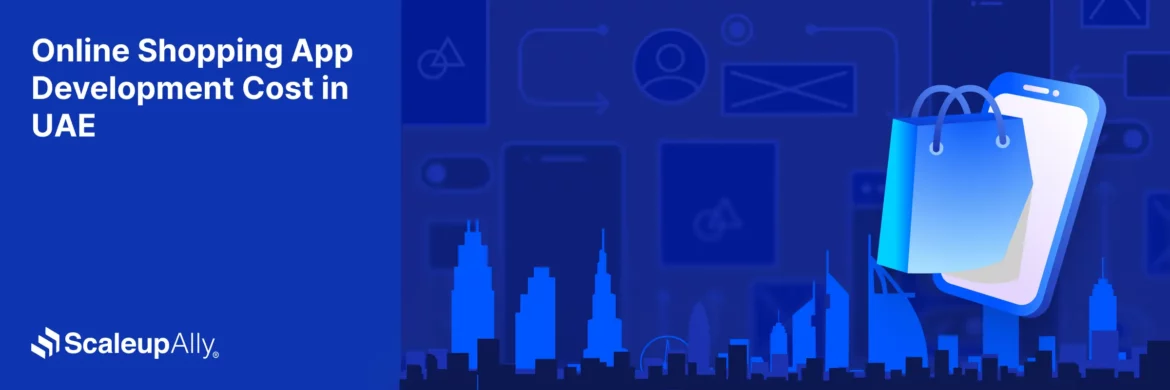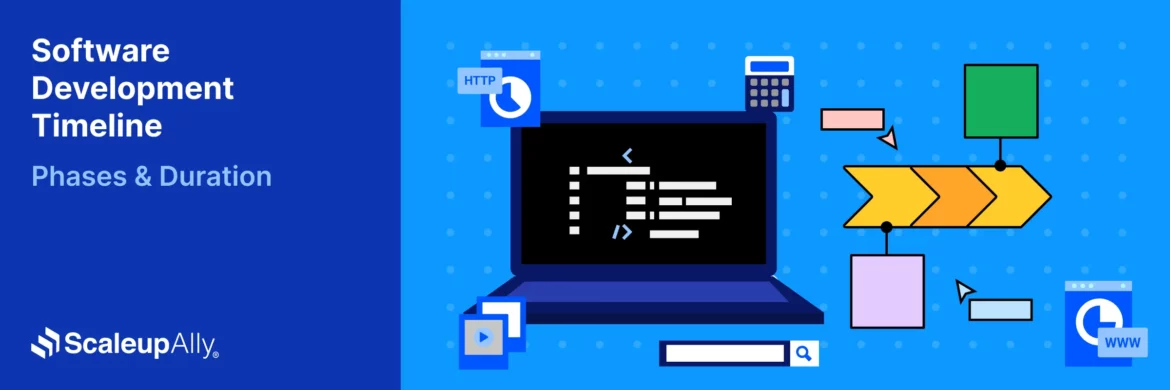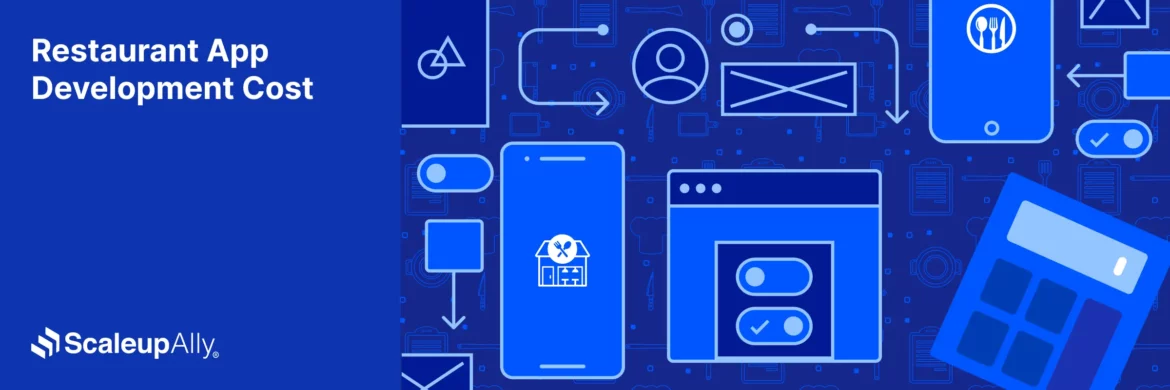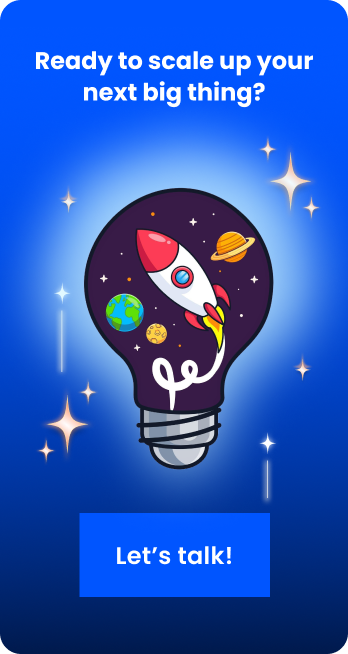
Flutter vs Quasar: Which is better for cross-platform app development?
Suprabhat Sen | January 16, 2024 , 9 min read
Table Of Content
If you are considering building an app, you likely want to know:
- Which framework is best for my project?
- Which option will get my app to market the fastest?
- Will my app be stable and easy for users to use?
To answer your questions, we have two cross-platforms to choose from. Flutter and Quasar. A battle between the two. We’re jokingly referring to it as a “battle” here, but both Flutter and Quasar have advantages and disadvantages. Alternatively, you might be considering native development for your app, which is also a valid choice. If you’re reading this, you’re likely comparing different technologies for building cross-platform apps.
When making apps that work on different platforms, developers must pick the best framework. Flutter and Quasar are two common options with their own special features for building these kinds of apps. In this article, we’ll look at how Flutter and Quasar differ, examine what they’re good at and where they fall short, and help you figure out which one is right for your next app project.
Key Takeaways
- Flutter enables building high-performance mobile, web, and desktop apps from a single codebase, reducing development time and effort.
- Quasar allows developers to write one codebase for web, mobile, desktop, and PWA apps, providing versatile multi-platform support.
- Flutter’s hot reload, rich widgets, and native API access allow expressive, seamless UI development with near-native performance.
- Quasar provides responsive, high-quality UI components, RTL support, theme options, and automated best-practice compliance for fast deployment.
- Both frameworks benefit from strong developer communities, simplifying integration, customization, and project scaling across diverse platforms.
What is Flutter?
Flutter is a toolkit created by Google for making apps for mobile, web, and desktop platforms using a single codebase. It’s open-source and lets you build attractive, high-performing digital products with customizable widgets.
Some key points about Flutter:
- Developed by Google, Flutter powers products like Google Pay and Google Ads.
- It became open-source in May 2017 and had its first stable release in December 2018.
- Initially focused on mobile platforms like iOS and Android, it gained popularity over its main competitor, React Native.
- Flutter’s ecosystem is growing, offering developers many packages, libraries, and tools to speed up app development.
- It has a lively community where developers can share knowledge and contribute to its improvement.
- Many popular apps are built with Flutter, including eBay Motors, Reflectly, Alibaba, Hamilton, Realtor.com, Square, Topline, Hookle, Birch Finance, Nubank, ING Bank Śląski (Poland), and Credit Agricole Bank Polska (Poland).
Key Features of Flutter
1. Single Codebase
Flutter allows developers to use a single codebase to build applications for multiple platforms, such as iOS, Android, web, and desktop, which can significantly reduce development time and effort.
2. Fast Development
Flutter’s hot reload feature allows developers to make changes to the code and see the results instantly, which speeds up the development process and facilitates iterative development.
3. Expressive UI
Flutter provides a rich set of customizable UI components called widgets, which are used to build the user interface of the app. Widgets in Flutter are highly composable and can be combined to create complex and beautiful UIs.
4. High Performance
Flutter uses its own rendering engine called Skia to draw UI elements, which enables smooth animations and high-performance UIs, comparable to native apps.
5. Access to Native Features
Flutter provides plugins that allow developers to access native features and APIs of the underlying platform, enabling integration with platform-specific functionalities.
6. Native-like Performance
Flutter apps are compiled to native code, which allows them to achieve native-like performance on each platform, rather than relying on web views or other intermediate layers.
7. Strong Community Support
Flutter has a large and active community of developers, which means there are plenty of resources, libraries, and packages available to help with development.
8. Platform Integration
Flutter integrates seamlessly with platform-specific features and APIs, allowing developers to create apps that look and feel like native applications on each platform.
9. Open Source
Flutter is an open-source project, which means it is continuously evolving with contributions from the community, and developers have access to the source code for customization and debugging.
10. Support for Multiple IDEs
Flutter can be used with various integrated development environments (IDEs) such as Android Studio, IntelliJ IDEA, and Visual Studio Code, providing flexibility for developers to choose their preferred development environment.
What is the Quasar Framework?
The Quasar Framework is a free and open-source framework built on Vue.js. Its goal is to let you write code once and use it for websites and mobile apps at the same time. It provides various features that empower web developers to create applications for desktop and mobile platforms, including making progressive web apps (PWAs) using technologies like Cordova, Electron, and Vue.js for the web.
Quasar is a user-friendly yet powerful UI kit with numerous UI components, layout elements, and helpers. These elements offer a comprehensive toolkit for creating responsive front-end applications, eliminating the need to use multiple UI libraries. Quasar handles the complex tasks for you, freeing you to concentrate on building features rather than dealing with boilerplate code.
In essence, Quasar supports various build modes, such as:
- Single-page applications
- Progressive web applications
- Server-side rendering
- Mobile apps for iOS and Android using Cordova or Capacitor
- Multi-platform desktop apps using Electron
- Browser Extensions
Key features of Quasar Framework
1. All-in-One
Quasar is a comprehensive framework that enables developers to write code once and use it across multiple platforms, including Android, iOS, Mac, Linux, Windows, and others. It supports the creation of progressive web apps and single-page applications.
2. Top-Class Web Components
Quasar provides a range of high-quality, fast, and responsive web components that cater to diverse development needs, ensuring an excellent user experience for applications built with the framework.
3. Best Practice Compliance
Developers using Quasar benefit from a wide array of features, including code minification, source mapping, cache busting, code-splitting, tree shaking, ES6 transpiling, lazy loading, code linting, and accessibility features. The framework encourages adherence to best practices, and these features can be implemented without extensive configuration.
4. Full RTL Support
In a departure from the norm, Quasar offers support for right-to-left (RTL) scripting, which is uncommon in many frameworks that typically only support left-to-right (LTR) scripts. This feature is particularly useful for developers working with RTL languages, as it also converts CSS code to RTL form when using an RTL language pack.
5. Theme Support
Quasar Framework supports two popular themes, the Material theme and the iOS theme, providing developers with flexibility in designing their applications.
6. Easy Project Migration
Quasar Framework uses the Unified Module Definition (UMD) version, simplifying the integration of HTML, JavaScript, and CSS code into existing projects. This approach streamlines the migration of existing projects to the Quasar framework, making it more accessible to developers.
Difference between Flutter and Quasar
The table below compares various aspects of Flutter and Quasar, including their target platforms, languages, community support, performance, and more.
| Aspect | Flutter | Quasar |
| Language | Dart | HTML, CSS, JavaScript |
| Target Platforms | Mobile (iOS, Android), Web, Desktop (Windows, macOS) | Web (Responsive), Mobile (PWA), Desktop (Electron) |
| Framework Size | Larger due to built-in components for multiple platforms | Smaller, focused on web and mobile |
| UI Components | Widgets | Components |
| Community Support | Growing rapidly with a strong community | Active community with good support |
| State Management | Provider, Riverpod, Bloc, Redux | Vuex, Composition API, Reactive variables |
| Native Performance | Excellent due to compilation to native code | Good, but not as close to native as Flutter |
| Learning Curve | Moderate for developers familiar with OOP | Moderate for developers with web development experience |
| Tooling Support | Strong, with tools like Flutter DevTools and hot reload | Good, with support for Vue DevTools and hot reload |
| Code Reusability | High, with a single codebase for multiple platforms | High, with components reusable across different projects |
| Integration with Web | Through compilation to JavaScript | Native web support with responsive design |
Conclusion
In conclusion, both Flutter and Quasar offer compelling features for cross-platform app development, but they cater to different needs and preferences. Flutter excels in performance and native-like interfaces, making it a great choice for demanding applications.
On the other hand, Quasar shines in its versatility and ease of use, making it suitable for a wide range of projects.
Ultimately, the choice between Flutter and Quasar depends on project requirements, team expertise, and long-term goals.
By understanding the strengths and weaknesses of each framework, developers, project managers, and business owners can make an informed decision that aligns with their objectives and leads to a successful app development journey.
Looking for expert Flutter apps development services? ScaleupAlly delivers high-performance solutions that turn your ideas into impactful applications.
Frequently Asked Questions
Q: Out of Flutter and Quasar, which is better for performance?
Flutter is known for its high-performance rendering engine, allowing smooth animations and transitions. Quasar, leveraging Vue.js, also offers good performance but may have some differences in performance compared to Flutter, especially in native app development.
Q: Can I use Flutter and Quasar together?
While Flutter and Quasar are designed for different purposes, it is possible to use them together in a project, depending on your specific requirements. For example, you might use Flutter for mobile app development and Quasar for web app development within the same project. However, this would require separate codebases for each platform and careful consideration of integrating the two technologies.
Q: Which framework has better community support, Flutter or Quasar?
Both Flutter and Quasar have active communities and strong developer support—flutter benefits from being backed by Google, which provides extensive documentation, tutorials, and resources. Quasar also has a dedicated community and comprehensive documentation to support developers using the framework.
Q: Are there any notable apps built with Flutter or Quasar?
Flutter has been used to build apps like Google Ads, Alibaba, and Reflectly. Quasar has been used in projects like Chatwoot, a customer support platform, and other web applications.
Related Blogs

Online Shopping App Development Cost in UAE | Pricing & Factors Explained
Understand UAE online shopping app development costs in 2025 with pricing ranges, influencing factors, hidden fees, timeframes, and expert savings tips.
Suprabhat Sen
Nov 29 ,
13 min read

Software Development Timeline: Phases, Duration & Estimation Guide
Understand the software development timeline with phase durations, key factors, hidden delays, and practical methods to estimate project time.
Suprabhat Sen
Nov 29 ,
16 min read

Restaurant App Development Cost [Breakdown, Key Factors & Pricing Explained]
Discover restaurant app development cost. Explore pricing by complexity, feature-wise cost breakdown, and smart ways to reduce expenses.
Suprabhat Sen
Nov 29 ,
11 min read


